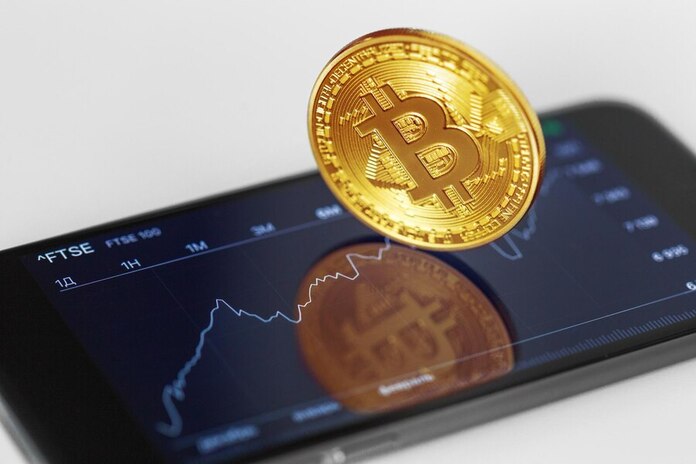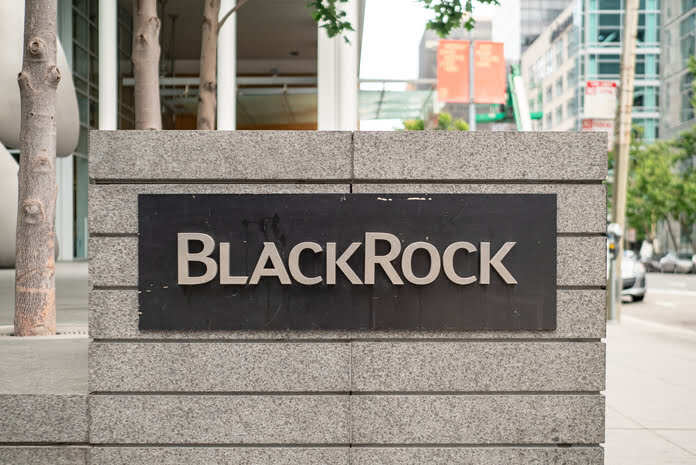Bitcoin Whale Accumulation Hints at Continuing Pre-Halving Rally
This post was originally published on this site

Bitcoin’s ascent faces a shaky $70,000 resistance, but data from the blockchain suggests participants are gearing up for a sustained rally. Recently, Bitcoin surged above $71,000, marking its highest point since March 15, propelled by capital inflows into spot BTC exchange-traded funds (ETFs).
On March 26, Bitcoin saw a 0.55% increase over 24 hours, reaching a weekly peak at $71,582. Factors driving this surge include consistent inflows into spot Bitcoin ETFs, the anticipation surrounding the upcoming Bitcoin halving, and positive sentiment among institutional investors.
Key to Bitcoin’s rally is the accumulation by large investors. Data from Sentiment reveals a rise in wallets holding between 1,000 BTC and 10,000 BTC, reaching 25.17% from 23% at the beginning of the year. Similarly, wallets holding between 10,000 BTC and 100,000 BTC saw a spike from 11.68% to 12.42% before settling at 11.98%.
This accumulation is reinforced by decreasing BTC deposits on exchanges, signaling reduced intent to sell. Instead, there’s been a surge in whale transfers from exchanges to self-custody wallets. Notably, one holder moved 2,400 BTC ($169.5 million) from Coinbase to an undisclosed wallet, while another withdrew 4,797 BTC ($339 million) to an unknown destination.
Anticipation surrounding the upcoming halving event is also bolstering Bitcoin’s price. Glassnode predicts that ETF buying power will overshadow the traditional supply squeeze expected from the halving, set for April. Analysts emphasize monitoring the activity of long-term holders (LTHs), whose decisions can significantly impact market liquidity and sentiment.
With the halving approaching, traders are eyeing Bitcoin’s next price level. Despite facing resistance, data from IntoTheBlock indicates strong support around $64,000, suggesting momentum for Bitcoin’s ascent back to the $70,000 range.
Traders are now focused on maintaining Bitcoin above $70,000, with $100,000 emerging as a key target for the price.
Featured Image: Freepik


















